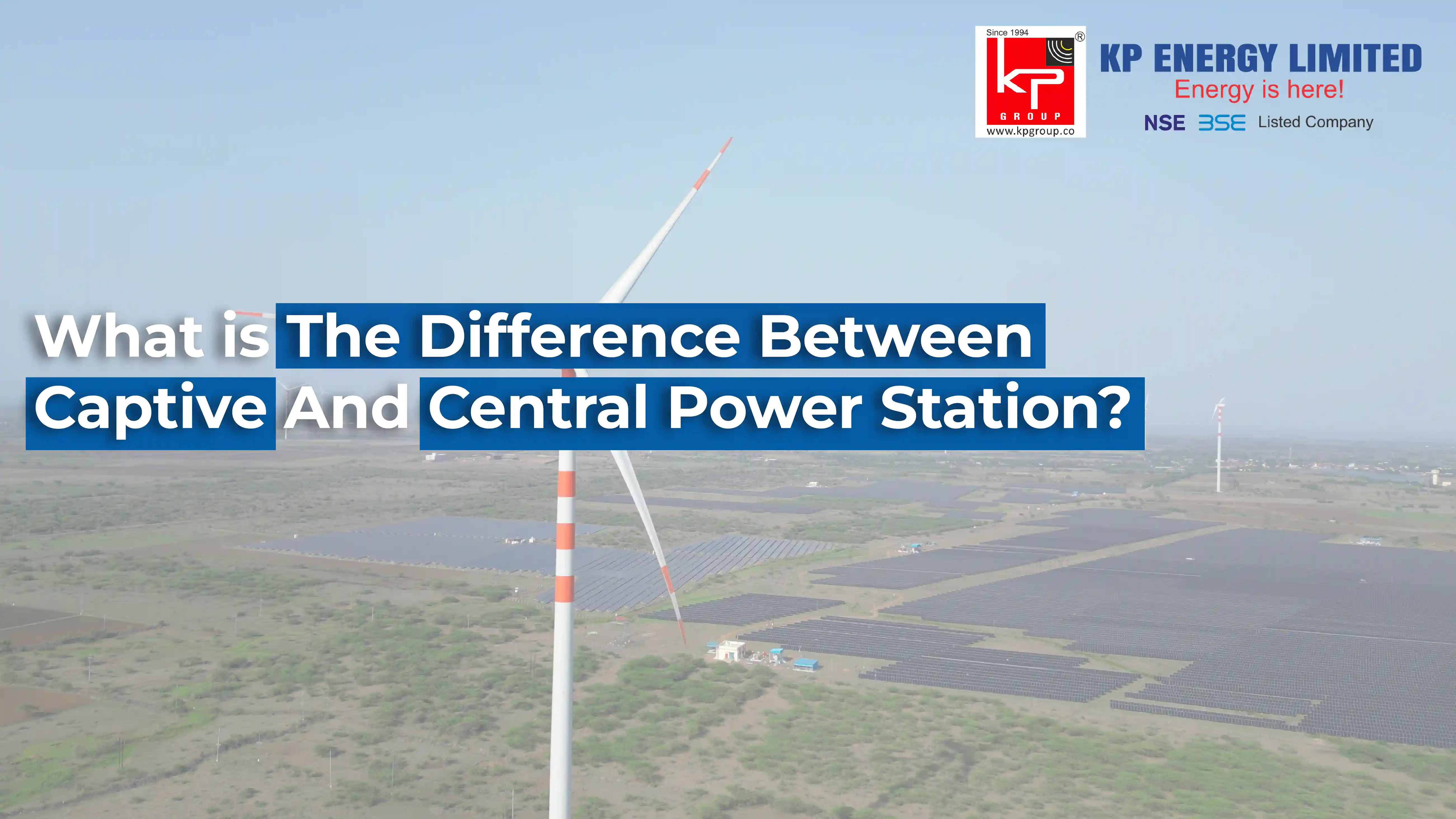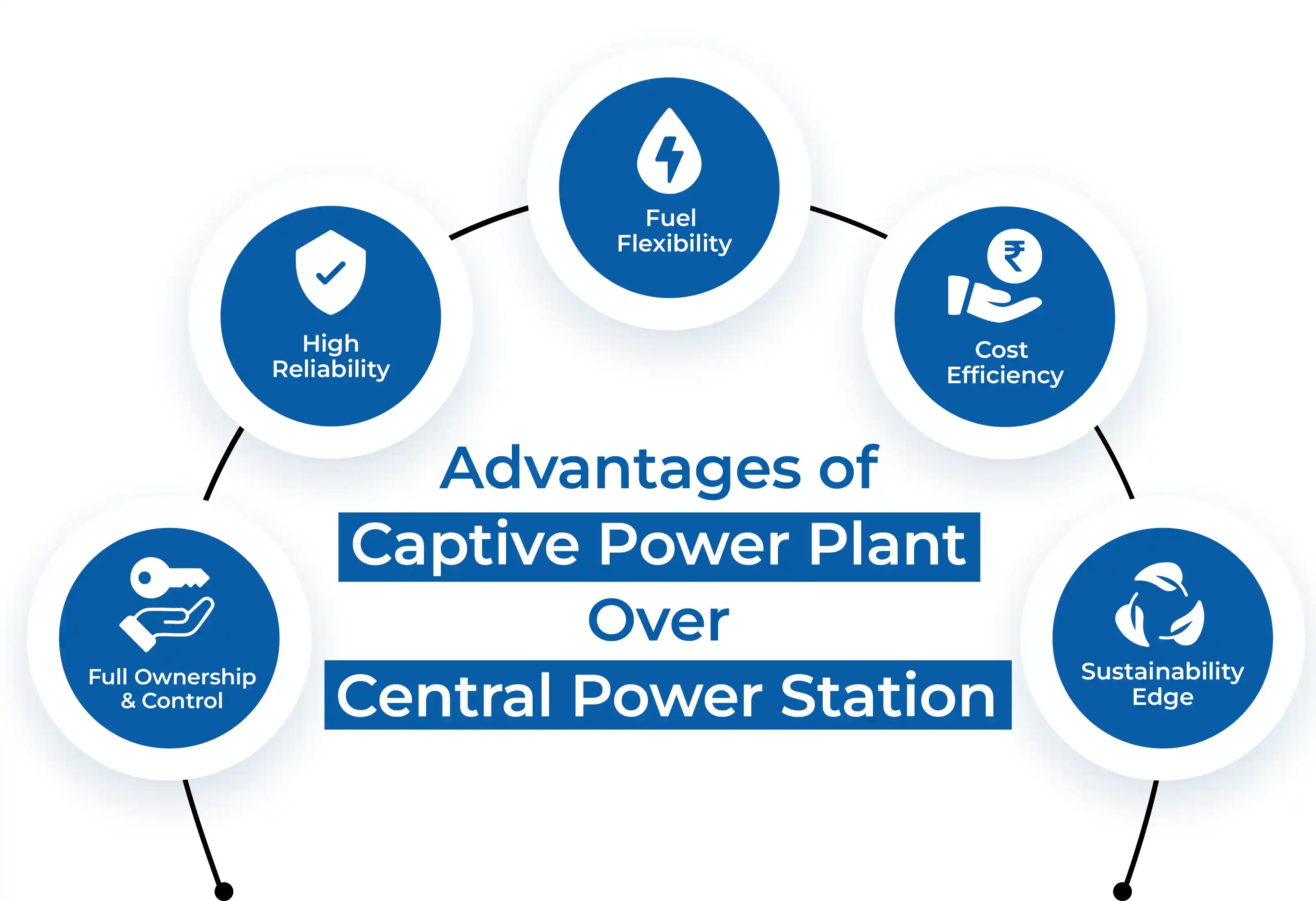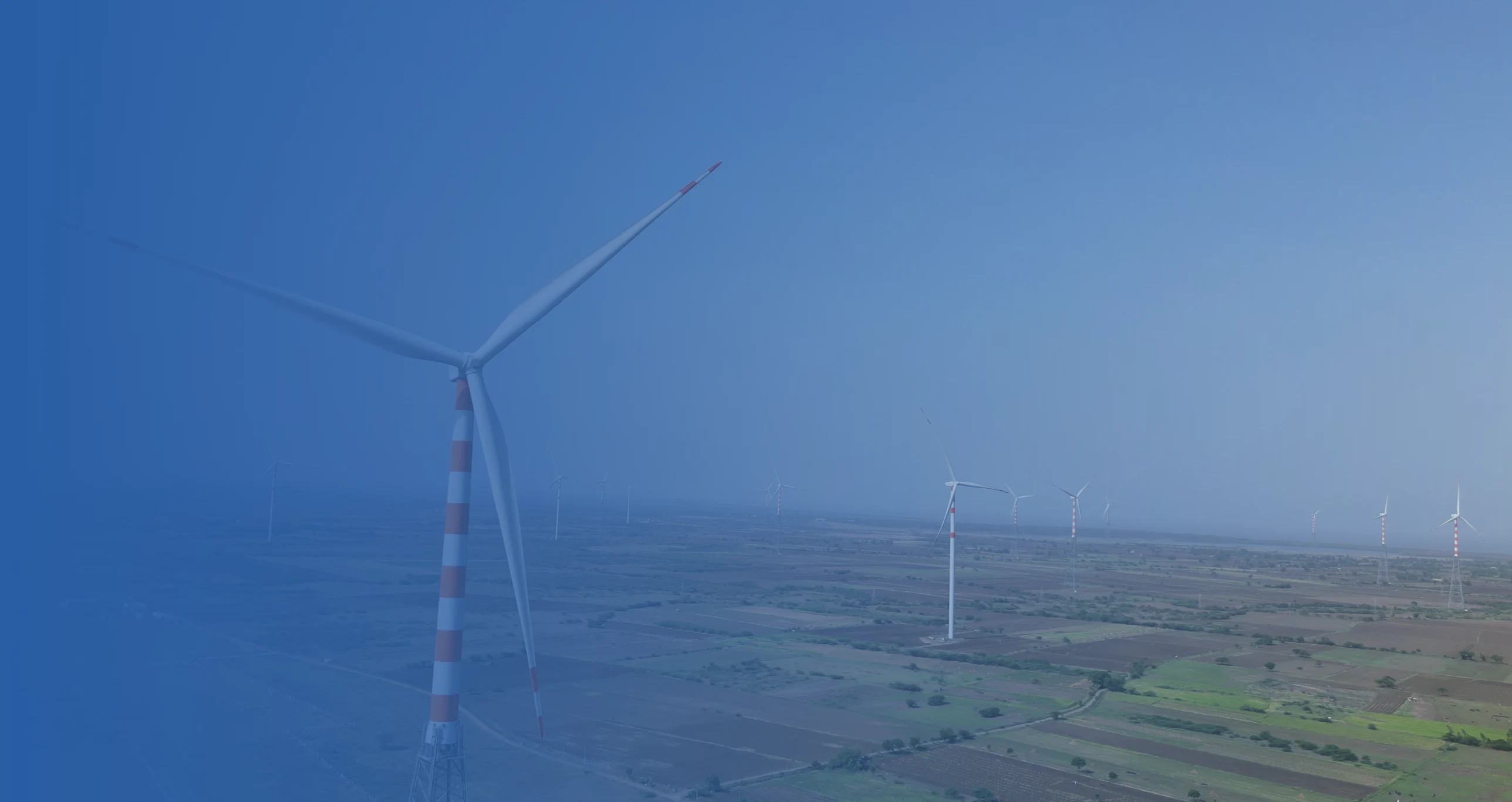
Electricity powers the backbone of modern industry. It drives manufacturing processes, supports innovation, and fuels economic growth. Among the types of power generation in India, two models dominate the discussion, captive power stations and central power stations.
Both setups generate electricity, but the distinction between captive and central power station is much deeper than just technical design. For industries that require large, predictable and cost-effective supplies of energy, the decision making here shall have implications for profitability, operational performance, and sustainability. In the dynamic energy landscape evolving today, captive power stations are demonstrating that they are often the better, smarter, more strategic choice.
To understand what is a captive power station, consider it a dedicated electricity generation facility, built and owned by a company solely to meet their own energy needs. These facilities can be either grid-connected vs self-generation, which allows for flexibility on how to operate, whether fully independent or partially dependent on the national grid.
Sectors that utilize significant amounts of power, cement, steel, chemicals, textiles, and data centers often install captive systems to ensure consistent supply, predictable prices, and independence from external changes in tariffs. Captive systems, or captive power plants, have more fuel options than typical central power stations, as they may utilize fuels including coal, gas, biomass, solar, wind, hybrid fuel of renewable energy, and other fuels.
The advantages of captive power plant setups become evident when compared to their central counterparts.

Full Ownership & Control: The industrial consumer makes all operational decisions, from fuel sourcing to maintenance schedules.
High Reliability: Captive plants avoid grid-related interruptions, ensuring smooth production.
Fuel Flexibility: With captive generation, companies can alter the fuel used to lower-cost or cleaner fuels sooner than if directly connected to the grid, where waiting for grid policy changes is necessary.
Cost Efficiency: Eliminates high tariffs, wheeling charges, and cross-subsidy surcharges that central grid users face.
Sustainability Edge: Renewable captive systems reduce carbon footprint and help meet ESG targets.
Reduced Regulation: Supported by the Electricity Act 2003 and the applicable guidelines from CERC, they have the legal certainty of open access and compliance surrounding electricity generation and consumption.
The electricity generated is also aligned with the distributed generation vs centralized generation model since they are electricity produced near the point of consumption, and this helps to reduce transmission losses and improves overall efficiency.
A Central power station follows the centralized power generation approach: a large-scale facility generating electricity for the national or regional grid, typically owned by government entities or large utilities.
These plants play an important role in public energy supply but have limitations for industrial users:
Complete Grid Dependency: Vulnerable to outages, load shedding, and transmission issues.
Regulated Pricing: Subject to market volatility and state-level policy changes.
Transmission Losses: Energy travels long distances before reaching users, reducing efficiency.
Operational Inflexibility: Industrial consumers have no control over fuel choice or production schedules.
| Features | Captive Power Plants | Central Power Stations |
|---|---|---|
| Ownership | Company or consortium owned | Government or large private utility |
| Primary Purpose | Serve owner’s energy needs | Feed national/regional grid |
| Grid Dependency | Can run off-grid or hybrid | Fully grid-dependent |
| Scale | Customized for industrial demand | Large-scale for mass distribution |
| Fuel Source | Flexible, including renewables | Diverse but often fossil-heavy |
| Cost Structure | Avoids grid surcharges | Includes generation, transmission, distribution |
| Reliability | High – independent from grid issues | Medium – prone to grid outages |
| Environmental Impact | High sustainability potential | Dependent on national fuel mix |
| Decision-Making | Direct owner control | Utility or government-controlled |
| Operational Focus | Efficiency for one entity | Balancing multiple consumer needs |
The difference between captive and grid power in this table shows why more industries are shifting to self-owned solutions.
When it comes to industrial power generation solutions, captive models bring unique advantages to specific industries:
Cement: Stable, uninterrupted power keeps kilns running 24/7, preventing costly shutdowns.
Steel: High energy intensity makes predictable tariffs critical for competitiveness.
Textiles: Consistent power improves quality control in precision manufacturing.
Chemicals: Continuous processes require round-the-clock supply without voltage fluctuations.
Data Centers: 100% uptime is non-negotiable, making captive renewable hybrids ideal.
When comparing grid-connected vs self-generation, captive power offers unmatched value:
Long-Term Cost Stability: Fixed tariffs for 10–25 years.
No Grid Risk: Immune to government-imposed power cuts.
Custom Design: Built specifically for a company’s energy profile.
Rapid ROI: Savings offset capital investment within a few years.
Sustainability Compliance: Meets renewable purchase obligations easily.
India is witnessing a strong transition toward renewable industrial power generation solutions. Captive plants are increasingly adopting green technology for both environmental and economic reasons:
Solar Captive Power Plants: Rooftop or ground-mounted PV panels reduce reliance on costly fossil fuels.
Wind Captive Power Projects: Take advantage of high-wind states like Gujarat and Tamil Nadu.
Wind-Solar Hybrid Systems: Provide balanced seasonal generation for year-round stability.
These renewable models offer protection from fossil fuel price volatility, compliance with ESG mandates, and brand benefits from sustainability leadership.
India’s energy policies strongly support the advantages of captive power plant setups:
Open Access: Captive users can transmit power to multiple facilities.
Cross-Subsidy Waivers: Significant cost reduction for qualifying users.
Net Metering: Feed surplus power into the grid for credits.
Banking Facilities: Store excess generation for later use.
Fast-Track Clearances: Streamlined approval processes at state level.
Many state governments also provide additional tax benefits or subsidies for renewable captive projects, strengthening their business case.
Captive power plants are installed by industries to meet their own energy needs. They help reduce electricity costs, improve reliability, and ensure uninterrupted production even during grid outages.
Central power plants generate electricity for transmission and distribution for millions of consumers across multiple regions. Central power plants generate economic scale power, but may result in greater energy loss during transmission and incur regulatory tariff changes.
Captive plants provide targeted and efficient energy solutions for individual industries, whereas central plants serve broader regional or national energy demands.
The future of captive power plant vs central power plant trends is clear:
Growing corporate sustainability commitments will drive renewable captive adoption.
Technological advances in energy storage will make captive systems even more reliable.
Open access reforms will further reduce operational costs for captive users.
Industries will increasingly combine on-site renewables with backup fossil systems for resilience.
KP Energy Limited leads the market in turnkey industrial power generation solutions, focusing on wind captive and wind-solar hybrid projects. From land acquisition to commissioning, KP Energy provides fully compliant, cost-controlled, and uninterrupted power solutions for industries ready to move away from centralized power generation models and toward sustainable distributed generation vs centralized generation approaches.

Build sustainable, reliable power for your operations. From land to commissioning, we handle it end-to-end. Start a project
The difference between captive and central power station is no longer just about supply source; it’s about control, cost, and sustainability. For industries, captive plants provide predictable pricing, operational autonomy, and reduced environmental impact.
While central stations will remain important for public grid stability, the industrial future is leaning decisively toward captive power plant vs central power plant models. By embracing renewable and hybrid captive solutions, businesses can lock in energy security and position themselves as leaders in India’s clean energy transition.
Q1. What is a Captive Power Plant?
A. A captive power plant is a generating facility for energy that is dedicated to providing electric power to the entity that owns the captive generating facility. The captive generating facility establishes a form of independence from a backend utility, saving costs and providing greater energy security for businesses. It is a prime example of distributed generation vs centralized generation.
Q2. How can a wind solar hybrid power project benefit industries?
A. A hybrid project provides a more balanced production of energy over the entire year, improves land utilization, and provides better returns by increasing capacity utilization and ensuring grid stability. It is one of the most promising industrial power generation solutions for businesses with high energy needs.
Q3. Is a captive power plant legal in India?
A. The short answer is, Yes. The Electricity Act, 2003 allows for captive generation in India. On top of that, each state in India has their own regulations which support captive generating facilities with provisions such as open access, banking and exemptions from certain charges.
Q4. Can a captive power plant be 100% renewable?
A. Yes. There are currently many industries that are developing solar captive power plants, wind captive power projects, or wind-solar hybrid projects, to help meet energy and sustainability goals. Many of these industries are able to capitalize on captive generation to eliminate their reliance on grid power, while cutting carbon emissions.
Q5. What kind of industries benefit most from captive power?
A. Captive generation can offer advantages of savings, stability and emissions reduction for industries that have high and consistent energy requirements. Examples would be steel, cement, chemicals, textiles and data centers. Those industries benefit substantially by avoiding grid price volatility, and building cost-effective self-generation model.